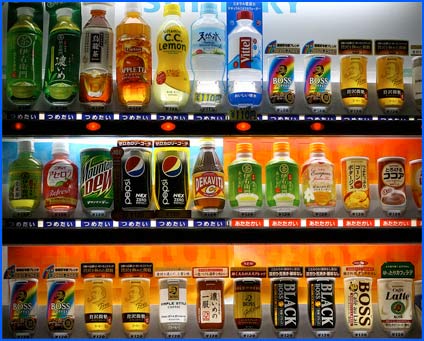
Yesterday, Childhood Obesity News looked at the ideas of Greg Critser, who sees three main causes for the ongoing childhood obesity epidemic. One big factor is prenatal care, because almost anything a prospective mommy does will have some effect on the child inside. Even before conception, the mother?s physical condition can make a difference.
The second factor is that food choices are driven not by ease of access, but by money. If a person can?t afford to buy food, it doesn?t matter if the most splendidly stocked grocery is located next door. Critser says:
Poor people don?t simply have inadequate income, they have episodic income. In fact, they have episodic lives, full of stressful uncertainty, from trauma to family fragmentation. All of this leads to an eat-as-much-as-you-can-now mentality that goes a long way to explaining why poor people are so fat? Excess starches and sugars make for excess weight, higher rates of obesity and type 2 diabetes.
Toward the end of the month, he says, the lines at food pantries get longer. People who still have any money to buy food go for the starchy stuff, because starches and sugars give temporary satisfaction without much nutrition.
The sugar-sweetened beverage?(SSB) is the third major villain. Critser calls this the ?tyranny of liquid calories? and quotes a colleague?s theory:
It may also be the single most destructive element in the human diet. Barry Popkin, the current dean of obesity studies, has even argued that because humans evolved without liquid calories (except for breast milk) they are uniquely unsuited to metabolize them.
The connection has been made over and over again between obesity and Type 2 diabetes and soda, fruit drinks, sports drinks, and all the other SSBs. Some research indicates that children from lower-income families drink more soda, wrecking themselves at a faster rate than kids from more prosperous families.
To prevent such excess, one of the author?s less feasible ideas would involve the total Big Brotherization of food stamps, to the point where the U.S. Department of Agriculture would keep track not only of how much money a family spent, but of exactly what they spent it on. (Even though the system has changed and no longer uses stamps or coupons, the expression is commonly understood shorthand for the idea.)
A shopper who bought health-promotingly nutritious stuff would be rewarded with bonus food stamps. Critser admits the administration of such a plan would not be easy, but ?then again, the easy stuff is not working.?
Whether or not the bureaucratic logistics and legal clearances would be difficult seems not to be the point. Human nature could easily sabotage this plan. For the shopper with a good track record of prudent and conscientious food purchasing, extra food stamps might all too easily lead to the temptation to buy high-calorie treats because, as we have been taught, we all deserve a break today. How about a nice can of ?the single most destructive element in the human diet??
Your responses and feedback are welcome!
Source: ?Close to markets or not, fat poor kids are different than fat rich kids,? LA Observed, 05/07/12
Image by Kevin Dooley.
Source: http://childhoodobesitynews.com/2012/11/16/economics-obesity-and-diabetes-part-2/
modern family george strait how i met your mother sons of anarchy PNC Bank Jordan Pruitt real housewives of new jersey
No comments:
Post a Comment
Note: Only a member of this blog may post a comment.